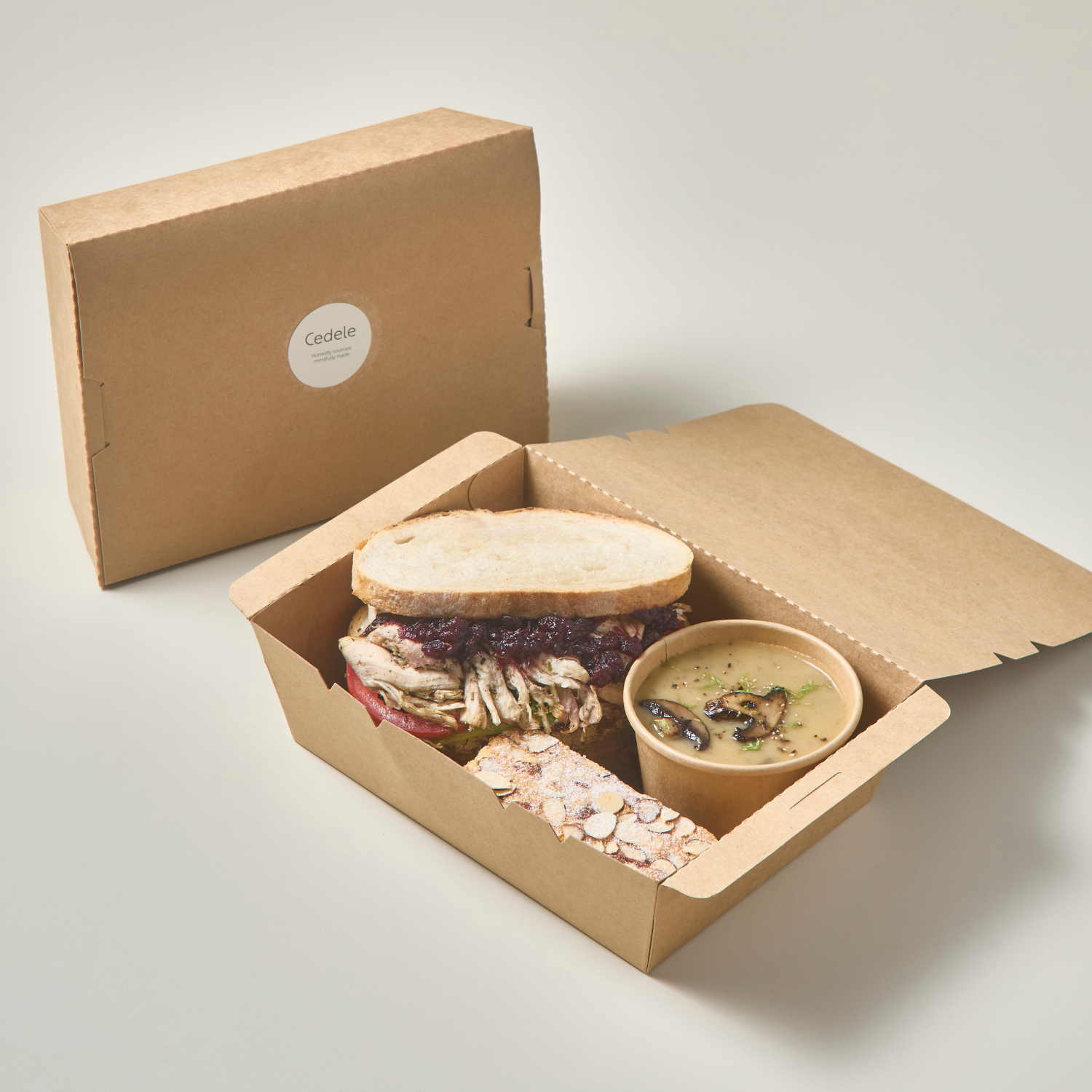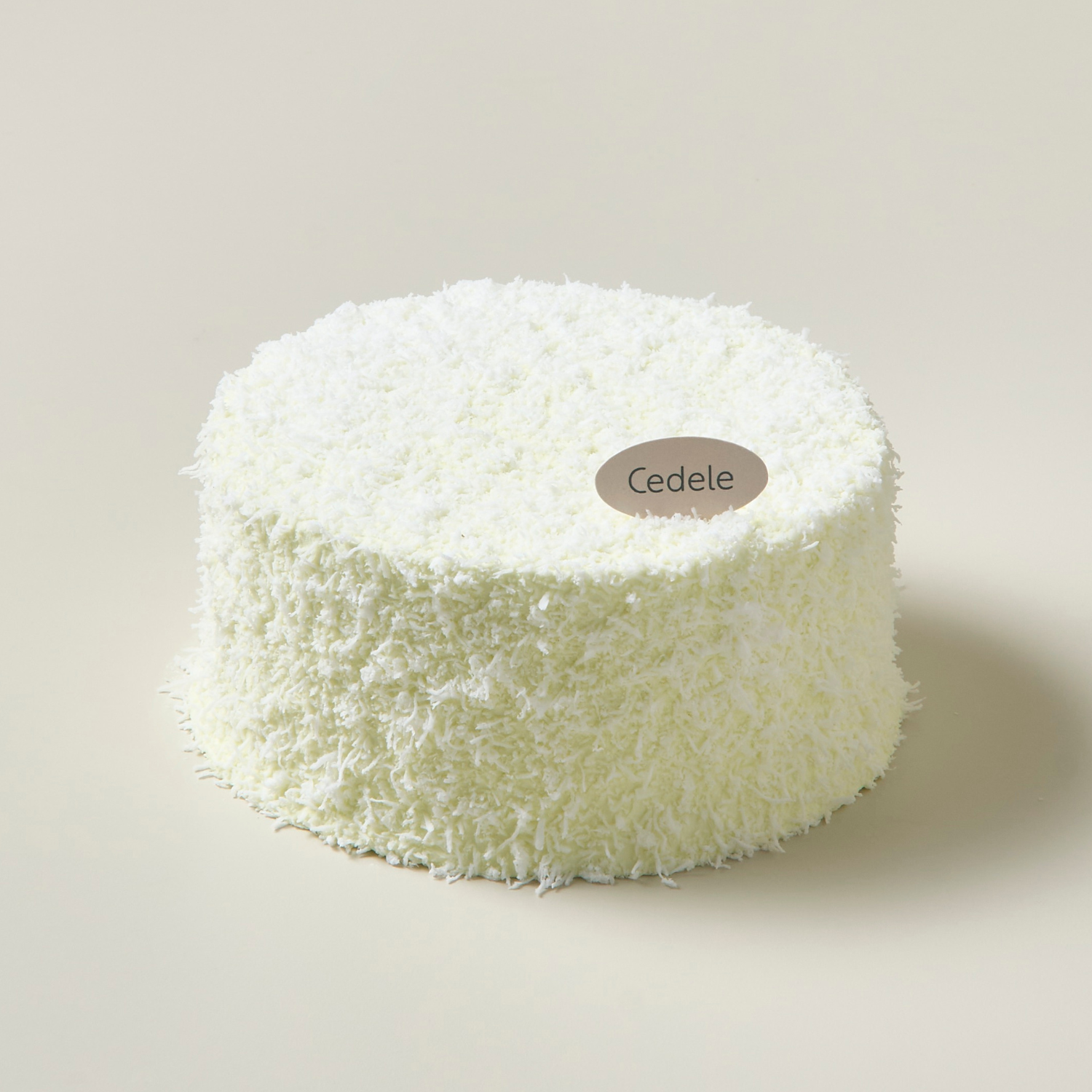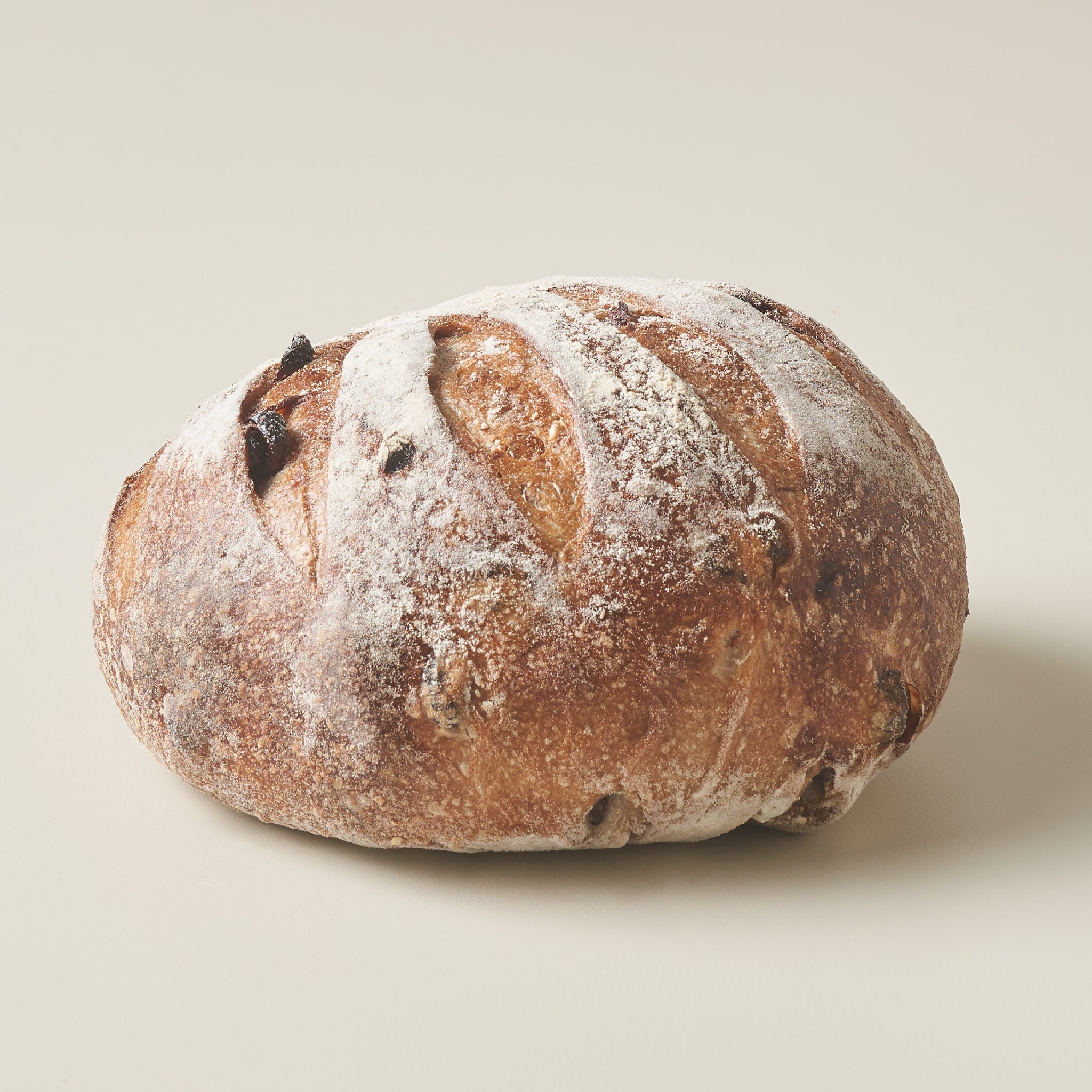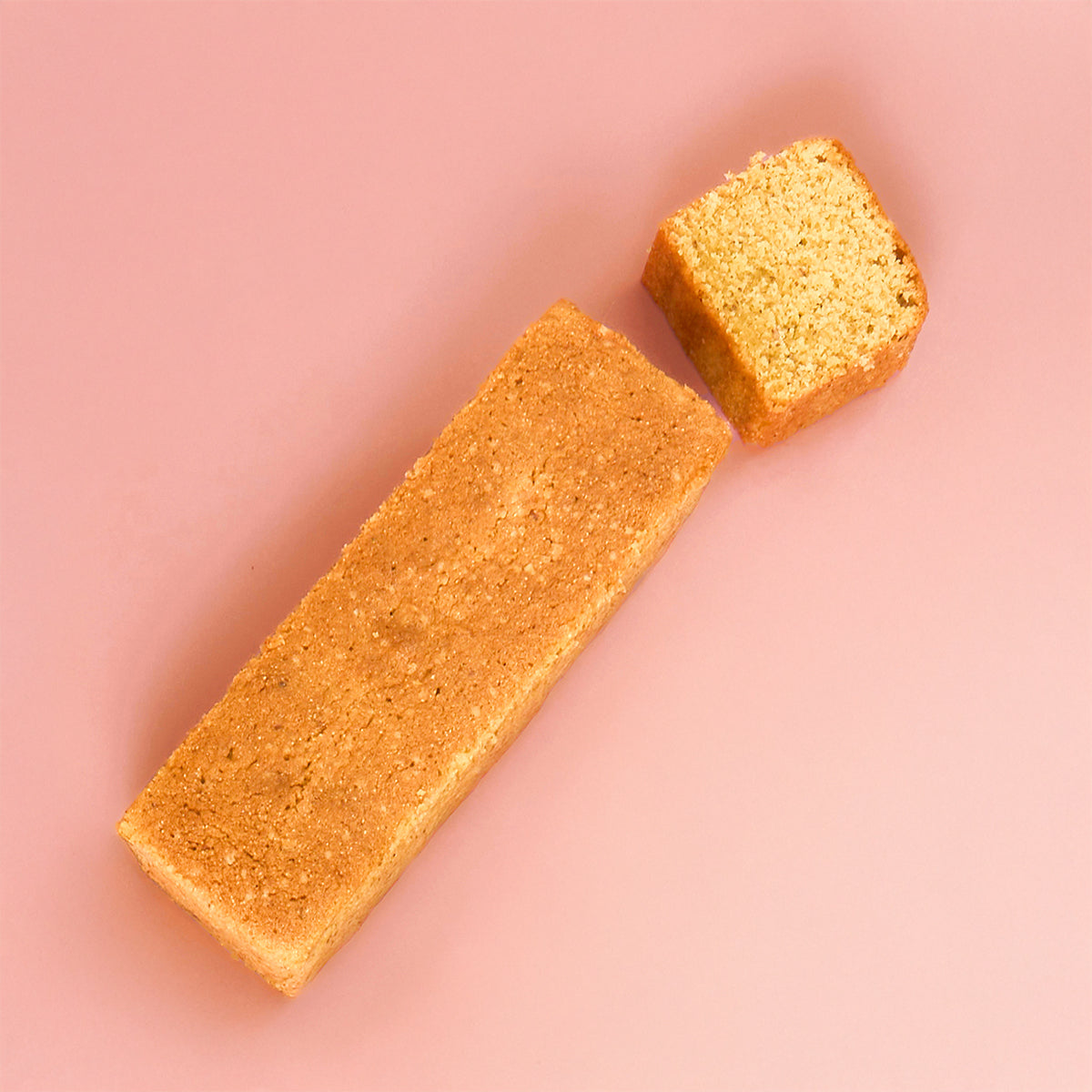Prebiotics and probiotics may sound like fancy health foods, but they are actually quite simple to understand. Simply put, prebiotics are the dietary fibres that feed the beneficial bacteria in our gut, while probiotics contain live bacteria that can help improve gut health. Both prebiotics and probiotics can positively impact our digestive health and overall wellbeing, and incorporating them into our cooking is a great way to get more of these important nutrients into our diets.
Prebiotics are found in a variety of plants, including fruits, vegetables, and whole grains. Some of the most common sources of prebiotic fibres include garlic, onions, asparagus, bananas, oats, and barley. These fibres help feed the good bacteria in our gut, which in turn can help bolster our immune system, improve our mood, and increase our overall health and wellbeing. To incorporate more prebiotics into your cooking, try adding garlic and onions to your soups and stews, tossing some asparagus or roasted root vegetables into your salads, or swapping out your rice for barley or oats in your favourite recipes.
Conversely, probiotics are found in fermented foods like yoghurt, kefir, sauerkraut, kimchi, and miso. These foods contain live cultures of bacteria that can help boost our gut health and improve digestion. Adding more fermented foods to your diet is a great way to get more probiotics into your system, but you can also try making your own fermented foods at home. Fermenting veggies like carrots, radishes, and beets is easy and can be a fun way to experiment in the kitchen.
Incorporating prebiotics and probiotics into your cooking is simple and can have a big impact on your health and wellbeing. Whether you’re tossing some fermented veggies into your salads or adding some oats or barley to your soups, these simple tweaks can go a long way in improving your gut health and overall wellness, a practice we've been following in most of our food menu items at Cedele! So next time you’re in the kitchen, consider adding some prebiotic and probiotic-rich foods to your meals—you might just be surprised at the difference it can make.
Prebiotics are found in a variety of plants, including fruits, vegetables, and whole grains. Some of the most common sources of prebiotic fibres include garlic, onions, asparagus, bananas, oats, and barley. These fibres help feed the good bacteria in our gut, which in turn can help bolster our immune system, improve our mood, and increase our overall health and wellbeing. To incorporate more prebiotics into your cooking, try adding garlic and onions to your soups and stews, tossing some asparagus or roasted root vegetables into your salads, or swapping out your rice for barley or oats in your favourite recipes.
Conversely, probiotics are found in fermented foods like yoghurt, kefir, sauerkraut, kimchi, and miso. These foods contain live cultures of bacteria that can help boost our gut health and improve digestion. Adding more fermented foods to your diet is a great way to get more probiotics into your system, but you can also try making your own fermented foods at home. Fermenting veggies like carrots, radishes, and beets is easy and can be a fun way to experiment in the kitchen.
Incorporating prebiotics and probiotics into your cooking is simple and can have a big impact on your health and wellbeing. Whether you’re tossing some fermented veggies into your salads or adding some oats or barley to your soups, these simple tweaks can go a long way in improving your gut health and overall wellness, a practice we've been following in most of our food menu items at Cedele! So next time you’re in the kitchen, consider adding some prebiotic and probiotic-rich foods to your meals—you might just be surprised at the difference it can make.























































